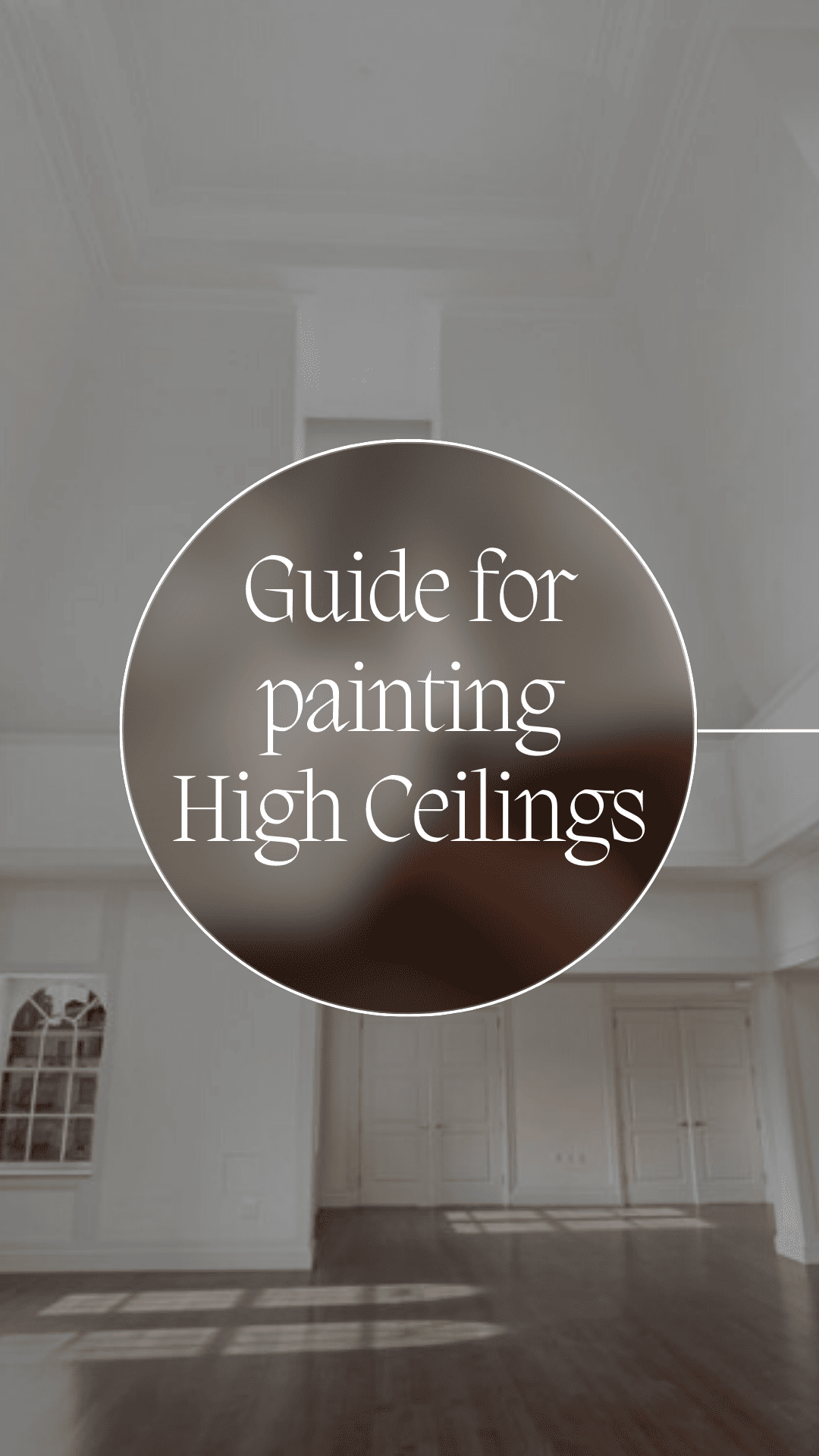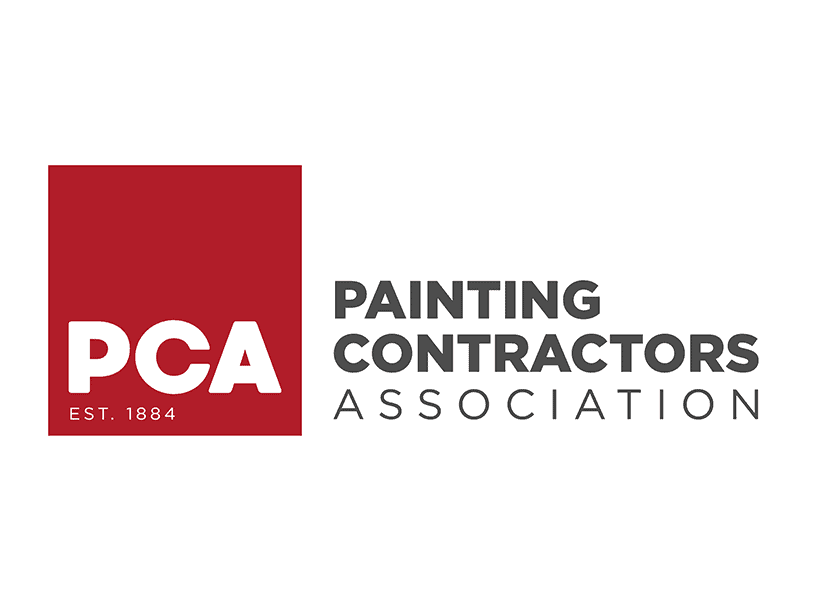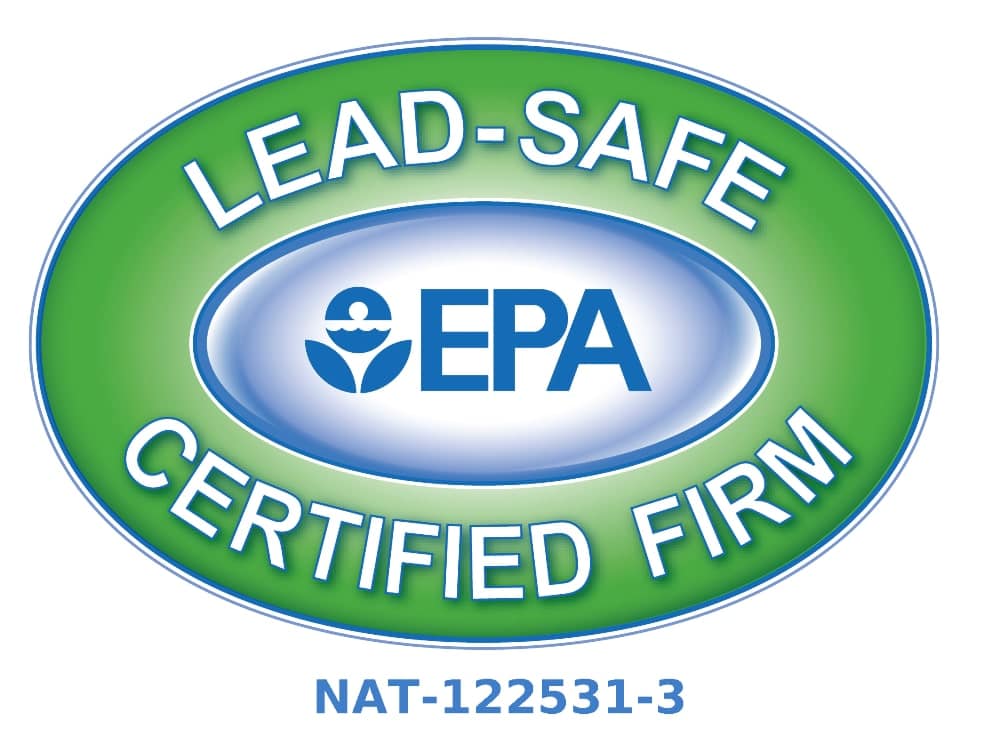
25 Jan Our comprehensive guide for painting high ceilings
Many homes today have very high ceilings – far beyond 12 feet and as high as two stories. Painting these types of ceilings is a challenging feat, even for an experienced professional painting contractor. It is important to understand when you should call in a professional rather than doing it yourself. Here’s a step-by-step guide if you’re debating whether to tackle this project or hire a pro. (In most cases, we recommend hiring a professional painting contractor.)
Step-by-Step Prepping
Preparation is crucial in any paint job. You must adequately prepare your ceiling using suitable materials and tools for the best, most professional results. Skimping on this step is never advisable.
Step 1) Clear the Room
-
-
-
- We advise clearing the room of all furniture, plants, wall hangings, and other items in the space.
- If you cannot remove everything from a room, cluster the items in a corner and cover them securely with plastic sheeting. Be prepared to move the items once you get to the ceiling above it. This can be more time-consuming than removing everything from the room.
- Turn off the electricity and remove light fixtures.
- Cover a light fixture with plastic sheeting if you cannot remove it.
-
-
Step 2) Protect Your Floors
-
-
-
- Cover the entire floor and stair railings with drop cloths or plastic sheeting secured with painter’s tape to prevent paint damage.
- Overlap sections to stop the paint from seeping through.
-
-
Step 3) Wear Protective Gear
Wearing the correct gear is essential for health and safety, not just to stay paint-free.
-
-
-
- If you’re doing any repairs, such as patching and sanding, you should wear protective glasses and a dust mask.
- Oil primers and paints emit volatile chemical compounds (VCCs) that are strong and unpleasant. Wear a respirator.
- We suggest also opening windows to reduce paint fumes.
- If you’re a messy painter, wear shoes and clothes you are okay with ruining with paint splatter or wear work paint coveralls.
-
-
Step 4) Sufficient Lighting
Having turned off the electricity in the room, you will need to provide adequate lighting. A poorly lit environment can result in inconsistent brush strokes while painting. Unless the room is flooded with natural light, you will want to set up work lights plugged into another room with an extension cord or use battery-powered or rechargeable lamps.
Step 5) Repair Ceiling
Making necessary repairs to the ceiling will be your starting point, beginning with patching the ceiling drywall for any prominent or concerning wear or damage. This is an important step and part of the must-do prep before painting.
It’s also one where the results from the pros and inexperienced can be evident. Many drywall repairs are straightforward fixes, but doing them well is what produces a professional-looking result. Here are some tips:
-
-
-
- Use a drywall patch, spackle, or paper joint tape to fix a hole or blemish. It’s essential to follow the manufacturer’s instructions.
- Sand repairs per the manufacturer’s instructions.
-
-
Step 6) Clean Ceiling
Do not skip this step! Primer and paint adhere better to a clean, dust-free surface.
-
-
-
- Before you prime and paint, remove all the sanding dust – and everyday dust buildup – from any repairs using a long-handled duster.
- Be sure to remove any other surface debris, such as cobwebs.
- Wipe the ceiling with a damp cloth attached to a long-handled or extender pole.
-
-
Equipment to Use
Another key ingredient to obtaining a professional-looking result is to use the right, high-quality materials and equipment. There are countless to select from, which can be overwhelming, so here are our suggestions.
Extension Paint Roller or Sprayer
-
-
-
- Extension pole and paint roller: You can attach a paint roller to an extension pole for a higher range. Typical extender handles range from 6 feet to 23 feet long. Keep in mind that length adds weight to a pole. We recommend using the shortest pole that’ll reach your ceiling.
- Paint sprayer with extension tip: The fastest way to paint a ceiling is using a paint sprayer. It also delivers the smoothest finish. However, it requires more precision than a roller, making it a better option for experienced painters. If you do want to use a paint sprayer, we suggest some practice on plywood or cardboard before you start on the ceiling. Also, use a wide nozzle for broader coverage. (Be sure to use an extender tip.)
-
-
Ladder or Scaffolding: This type of equipment involves safety precautions. It’s critical to follow any manufacturer’s guidelines carefully. Falling from a ladder or scaffolding can lead to severe injury.
-
-
-
- Ladder: You can use an extension ladder to paint high ceilings. Use a quality, sturdy ladder and follow appropriate ladder safety guidelines. If you struggle with stability or mobility issues, we strongly urge you to hire a professional painter.
- Scaffolding or Interior Lift: Scaffolding and an interior lift can be the best option for painting high ceilings. However, assembling and moving them around the room can be challenging and time-consuming. Both items can be rented.
-
-
Paint High Ceilings
There are more steps than you might imagine to painting the ceiling, so we’ll touch on those below. If you’re feeling overwhelmed just reading to this point, trust us when we suggest you hire a professional. Painting a high ceiling is a complex process.
Taping: Before you prime and paint, tape the top edge of your walls or crown molding with painter’s tape to create a clean paint line and keep it off those surfaces.
If you will also be painting the walls in addition to the ceiling, start with the ceilings first and work your way down. Once you’ve primed and painted the ceiling, tape the ceiling where it meets your crown molding or walls to protect it from paint as you work your way down the walls.
Apply Primer
-
-
-
- Prime a perimeter: A primer is necessary to ensure the paint adheres well to the ceiling. Start by creating a border, making it easier to spray or roll the rest of the ceiling.
- Prime the rest of the ceiling: Working with either a sprayer or a roller, paint the rest of the ceiling with the primer, working from one corner and the end of the room to the other.
-
-
Apply Paint
-
-
-
- Start with a perimeter: Once the ceiling primer is dry, you should paint a perimeter border, just as you did with the primer. Work quickly and smoothly without too much paint on your brush.
- Paint the Rest of the Ceiling: Once the perimeter paint is dry, you can start on the rest of the ceiling using a roller or a sprayer. If you’re using a paint sprayer for the ceiling, you must move quickly and evenly across the surface for a smooth finish. Work in sections and move your ladder or scaffolding around the room as you finish different ceiling sections. This can be a tricky part of ceiling paint – and the most dangerous. Be careful to work quickly but safely and stay within your reach.
- Apply the Second Coat: Once the paint is completely dry, you will want to apply a second coat using the same technique as the first coat.
- Touch-ups: Once the second coat is dry, look carefully at the ceiling under varying light levels for missed spots.
-
-
Clean Up
Once the ceiling paint has dried, carefully clean your tools, including all brushes and rollers, then remove all equipment.
You can now return all the furniture and other items you removed from the room.

Mike Katounas is the owner of Home Works Painting, a painting business in Northern Virginia. He has over 15 years of experience in residential interior and exterior painting, drywall installation/repair, carpentry, wallpaper removal, power washing, commercial painting, color consultation, and staining/sealing. Their service areas include Chantilly, Fairfax, Herndon, Oakton, Reston. Mike takes pride in his work, and he always follows a strict code of conduct that includes the use of quality paint, a clean workspace, and an honest, respectful approach to his customers.












Sorry, the comment form is closed at this time.